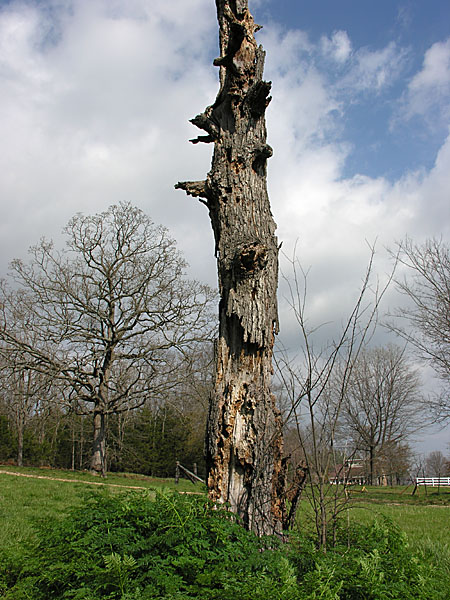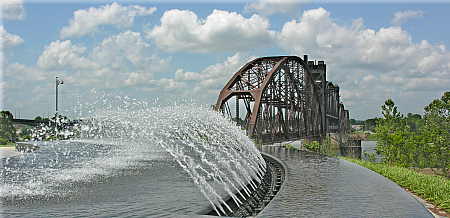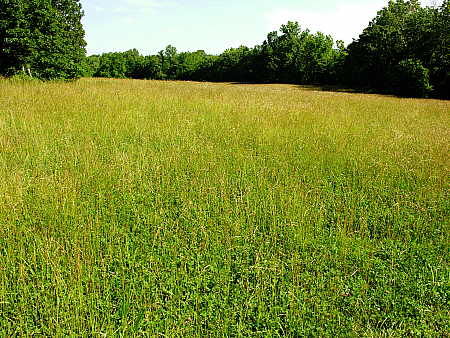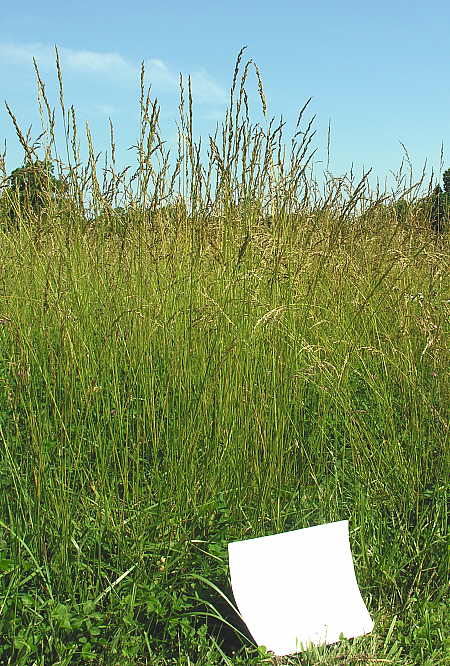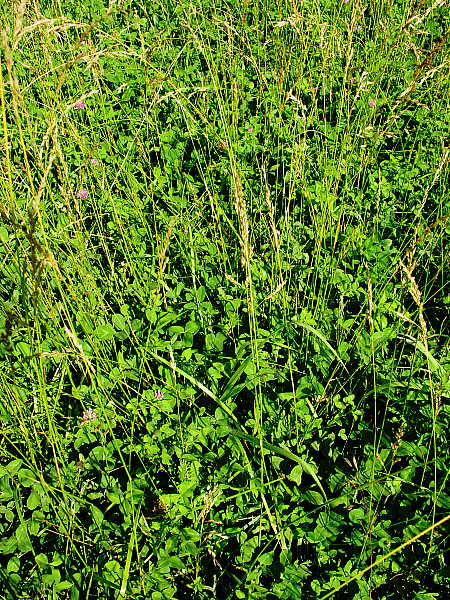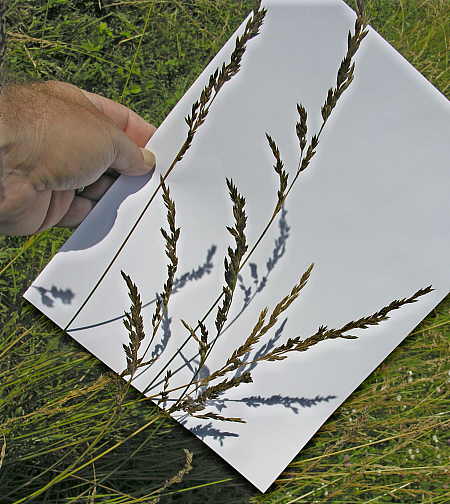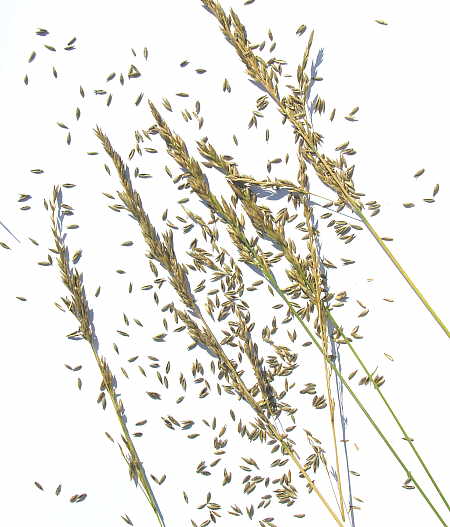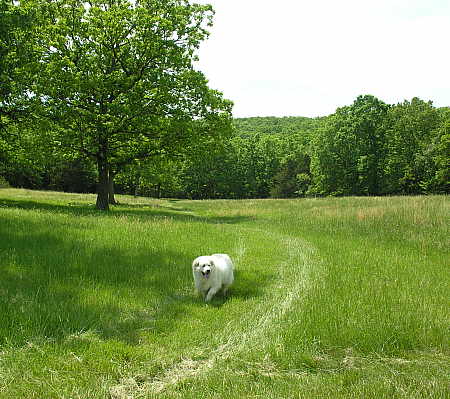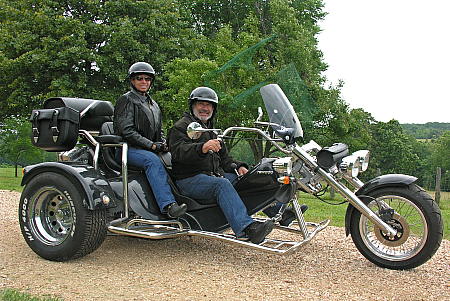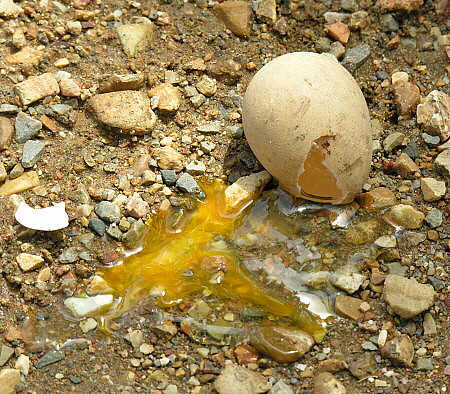Ozark Folk Center
Just outside the quaint little town of Mountain View, Arkansas, exists a wonderful state park called the Ozark Folk Center. The mission of this park is to preserve and present to visitors the pioneer heritage of the Ozarks region. Last year Retta and I spent some time at the Folk Center, where we were able to enjoy a day filled with American folk music and displays of living history.
The park strives to recreate an authentic pioneer village, and many of the living history displays are housed in original log houses scattered about the grounds.
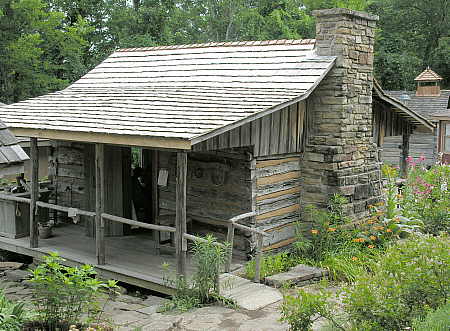
The photographs above and below show two of the log cabins that the visitor is able to examine and stroll through. It is my understanding that these two cabins were disassembled at their original location, and then reconstructed within the park.
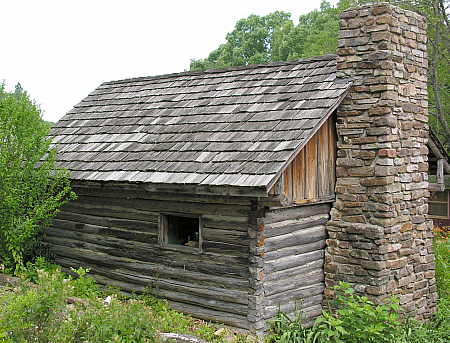
The best part of the Ozark Folk Center are the living history displays which occur throughout the park. In an era where we are accustomed to mass production, it is both interesting and educational to witness how many common items were produced in the past. For example, we all know what is required today in order to sweep the floor. We go to the local super store, where we fork over $4.88 to buy a broom produced in Malaysia or China. But in the past, in order to sweep the floor you had to first make the broom yourself. This process entailed the searching for, and gathering up of all the components that made up a broom. Straw would have to be found to create the broom head. Proper wood had to be found, cleaned and dried, and only then could you begin the process of weaving the straw onto the broomstick in order to create a functional broom.
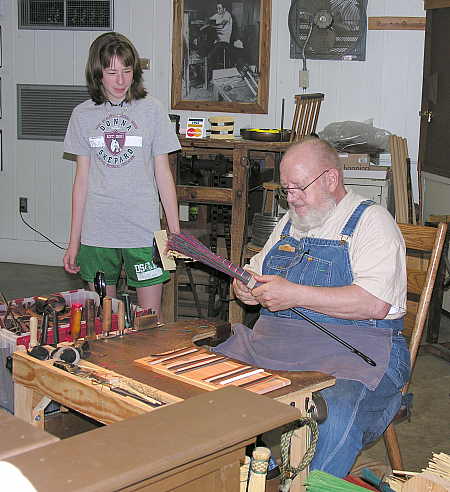
In the photograph above, the craftsman shows a visitor how the process of making a broom occurs. One of the things that I enjoyed most about the Ozark Folk Center was the fact that you could mingle with the craftspeople, who were delighted to show you all the nuances of their skill. By the time this demonstration was over, I felt as if I could produce a half-way decent broom on my own, should the need ever arise.
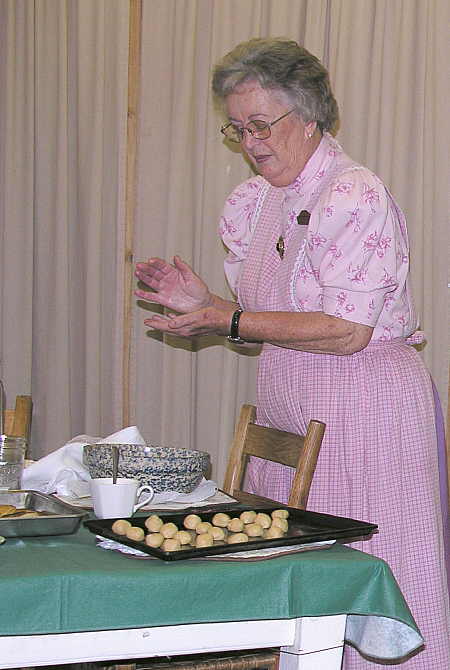
This friendly lady was demonstrating how the pioneers would bake various treats. The kitchen was equipped with many of the utensils, ingredients and appliances that were in use in days gone by.
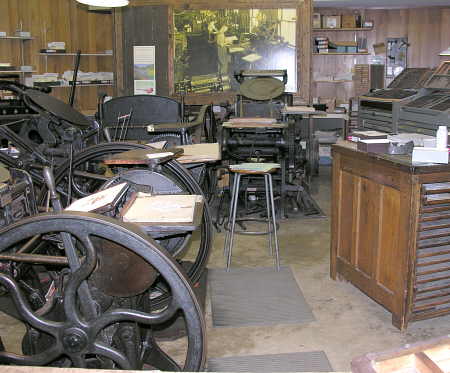
The print shop pictured above was the means by which books, magazines, and newspapers were produced in the past. In this day and age, when virtually anybody can become a publisher with a computer and simple printer, it is interesting to think about all of the technology that has evolved over the years. Today, we can publish anything we want to at the mere push of a button, but in the past it took all of the machinery pictured above to create the most simple reading matter.
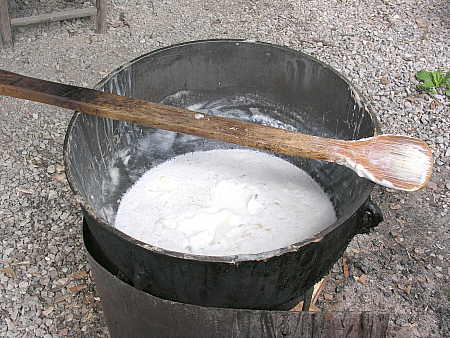
Now that we have swept the floor, baked some treats, and printed a newspaper to read, we might want to wash up before enjoying our fresh-baked snack. Since there was no market available to purchase soap, it was necessary to make your own soap in the past. The Ozark Folk Center has a soap making demonstration that shows all of the steps involved in producing a bar of soap.  Today, this might be an enjoyable hobby for some, and a full fledged business for others, but most of us would probably prefer to just pick up a bar of soap or two at the local market.
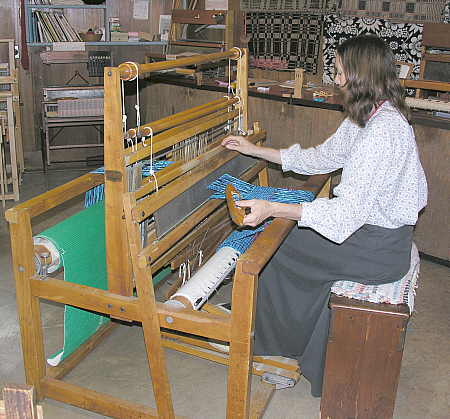
The woman in the picture above uses this loom to demonstrate various weaving techniques and patterns to visitors. Throughout this room were several looms, each with weaving projects in various states of completion.
You may have noticed in all of the photographs above that there doesn’t appear to be many people gathered around the crafts persons. At the time that we visited the Ozark Folk Center, we pretty much had the grounds to our self. I do not know if this is the way it is at the Folk Center all of the time, but we were there in mid-June of 2005, and the place was not crowded at all. We had a wonderful time visiting the park, and I especially enjoyed the ability to have one-on-one conversations with the craftspeople throughout the park.
Although I do not have pictures to show about the music, I still must comment about it now. Mountain View, Arkansas is considered by many to be the American folk music capital of the world. On any given evening, you are welcome to pull up a lawn chair in the town courthouse square, where you will be treated to musicians performing traditional folk music. Since there is plenty of space around the square, many individuals and groups may be performing at any given time. There are places around the square to buy snacks, such as hot dogs and hamburgers, but Retta and I opted for ice cream cones. Lapping up the ice cream, while sitting in a lawn chair and listening to talented musicians play traditional American folk music is a wonderful way to spend the evening.Â
The town hosts the annual Ozark Folk Music Festival, as well as a host of other traditional American music festivities. The Ozark Folk Center has daily concerts in several venues in the park, so that visitors can listen to traditional folk music the year round.  I highly recommend a visit to Mountain View if you have the opportunity.



